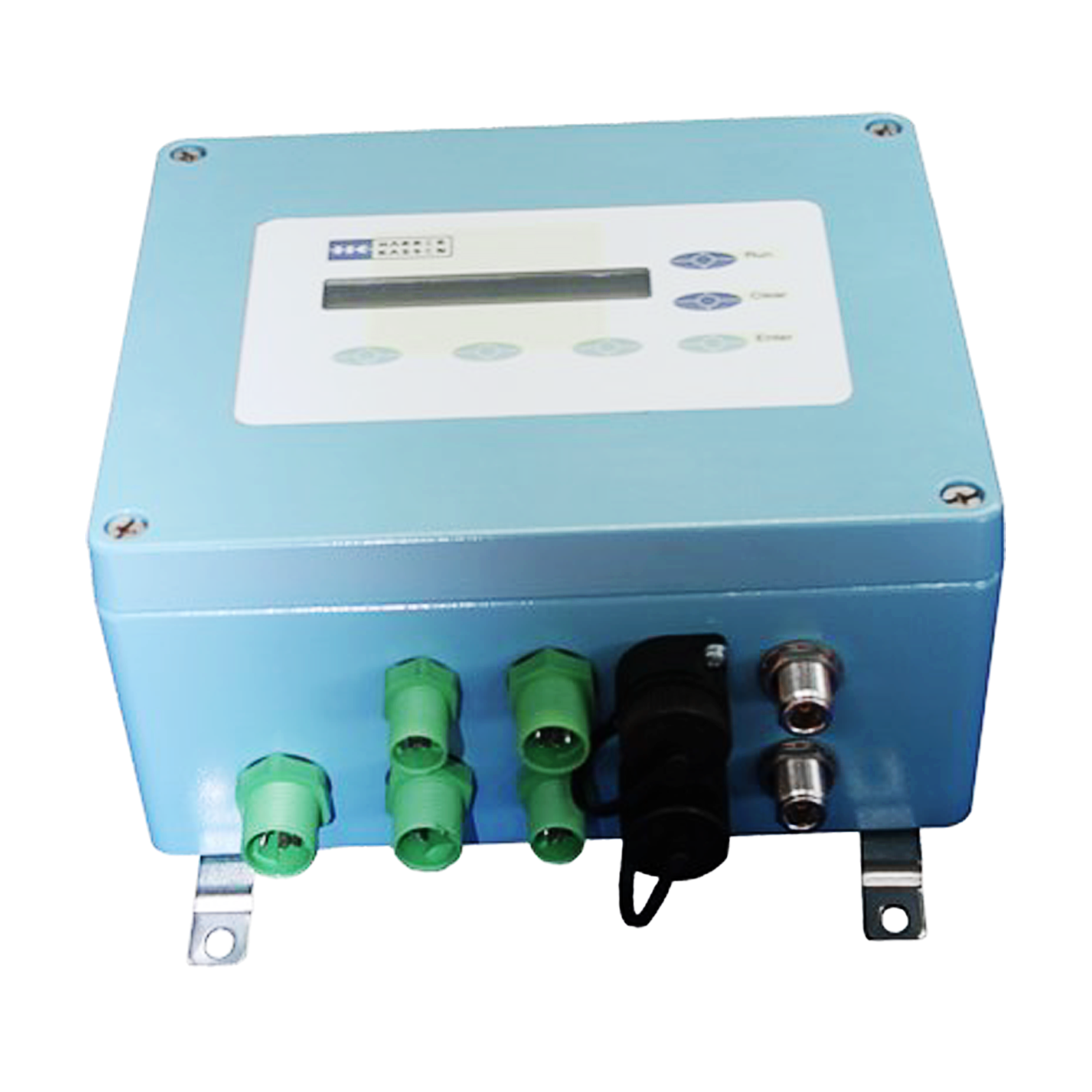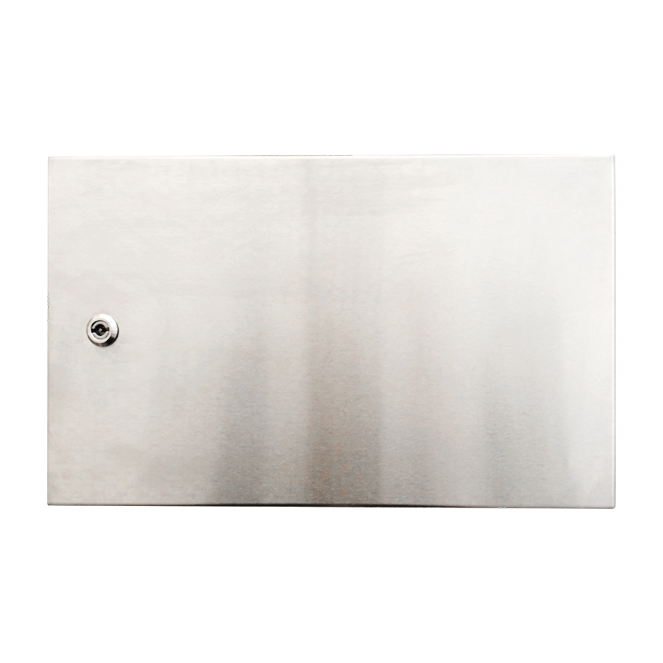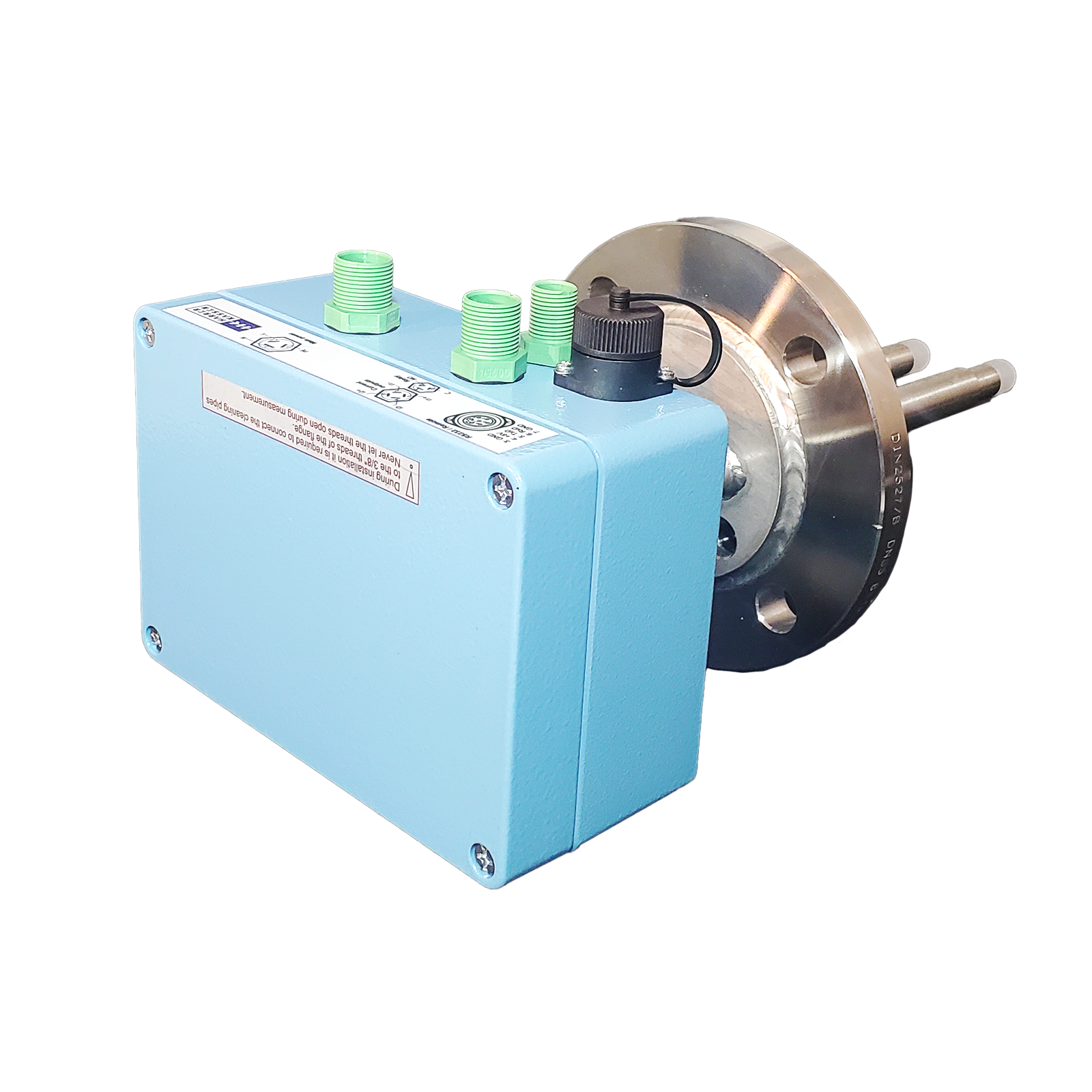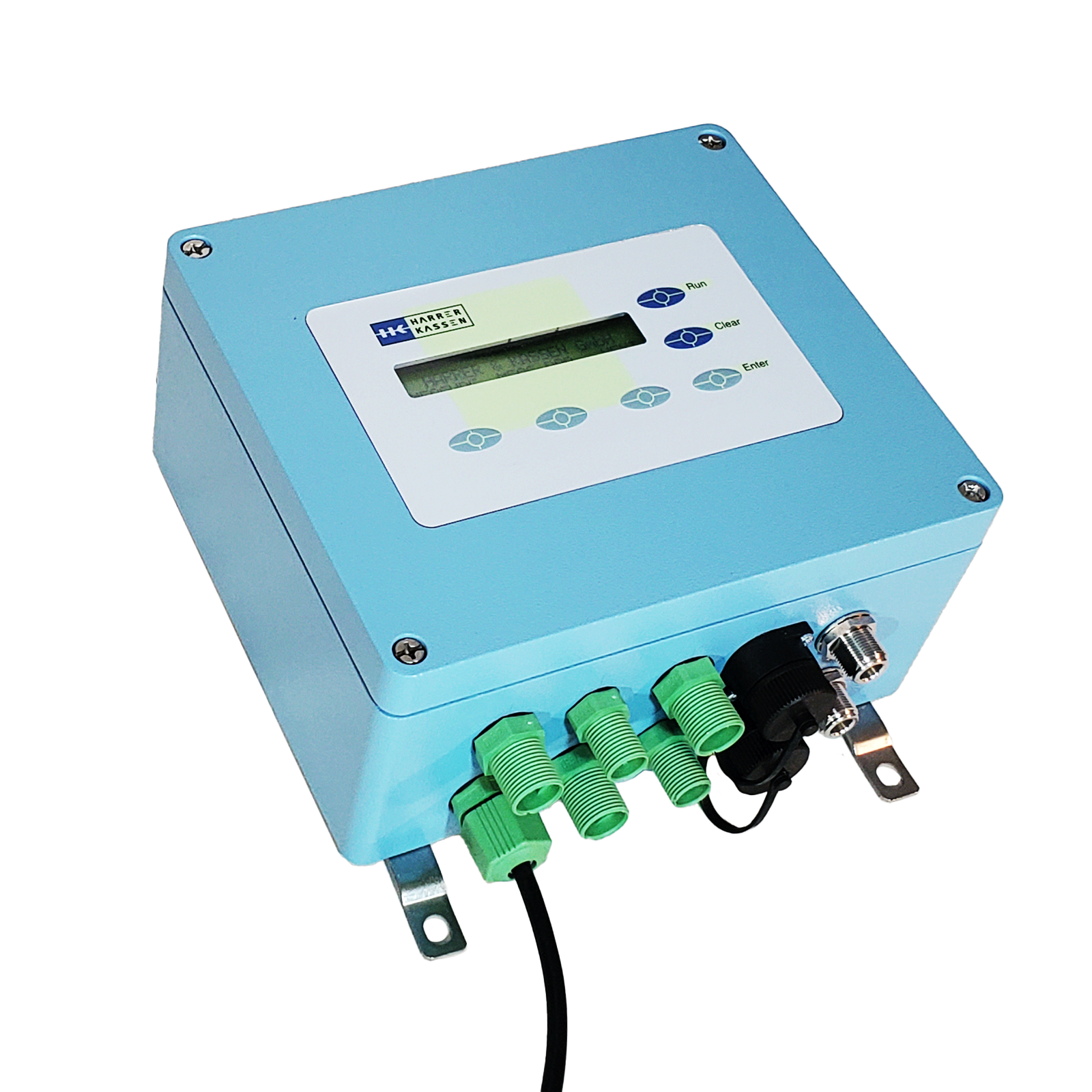Microwave measuring devices
Precision and reliability: microwave measuring devices for peak industrial performance
Harrer & Kassen has been developing, producing and supplying reliable microwave measuring instruments for decades, which are used in chemical analysis, material testing, food inspection and other industrial processes that require precise measurement and control of material properties.
What are microwave measuring devices?
Microwave measuring devices are instruments that use electromagnetic radiation in the microwave range of the electromagnetic spectrum to obtain information about the structure, composition and properties of matter. The microwave range typically extends from frequencies of around 300 megahertz (MHz) to 300 gigahertz (GHz).
In process measurement technology , microwave measuring devices are used to measure water content and dry matter.
Transmission measurement penetrates the inhomogeneous product
How microwave measuring devices work
Generation of microwaves
A microwave source generates electromagnetic waves in the microwave range, typically with frequencies between 300 megahertz (MHz) and 300 gigahertz (GHz).
Interaction with the sample
The microwaves generated are directed at the material to be analyzed using a transmitting antenna. When the microwaves hit the sample, they interact specifically with the water molecules. Due to their dipole structure, they are set into oscillation by the electromagnetic field – a reaction that depends on the amount of water in the sample.
Absorption of microwaves
The molecules absorb microwave energy and at the same time the microwave is “slowed down”.
Detection and
analysis
This modified signal is received by another antenna and compared with a reference. This comparison provides quantitative values on the absorption of the sample as well as a measure of the “deceleration” of the signal. This measurement is called phase shift. These two values can be used to calculate the water content or dry matter of the sample.




